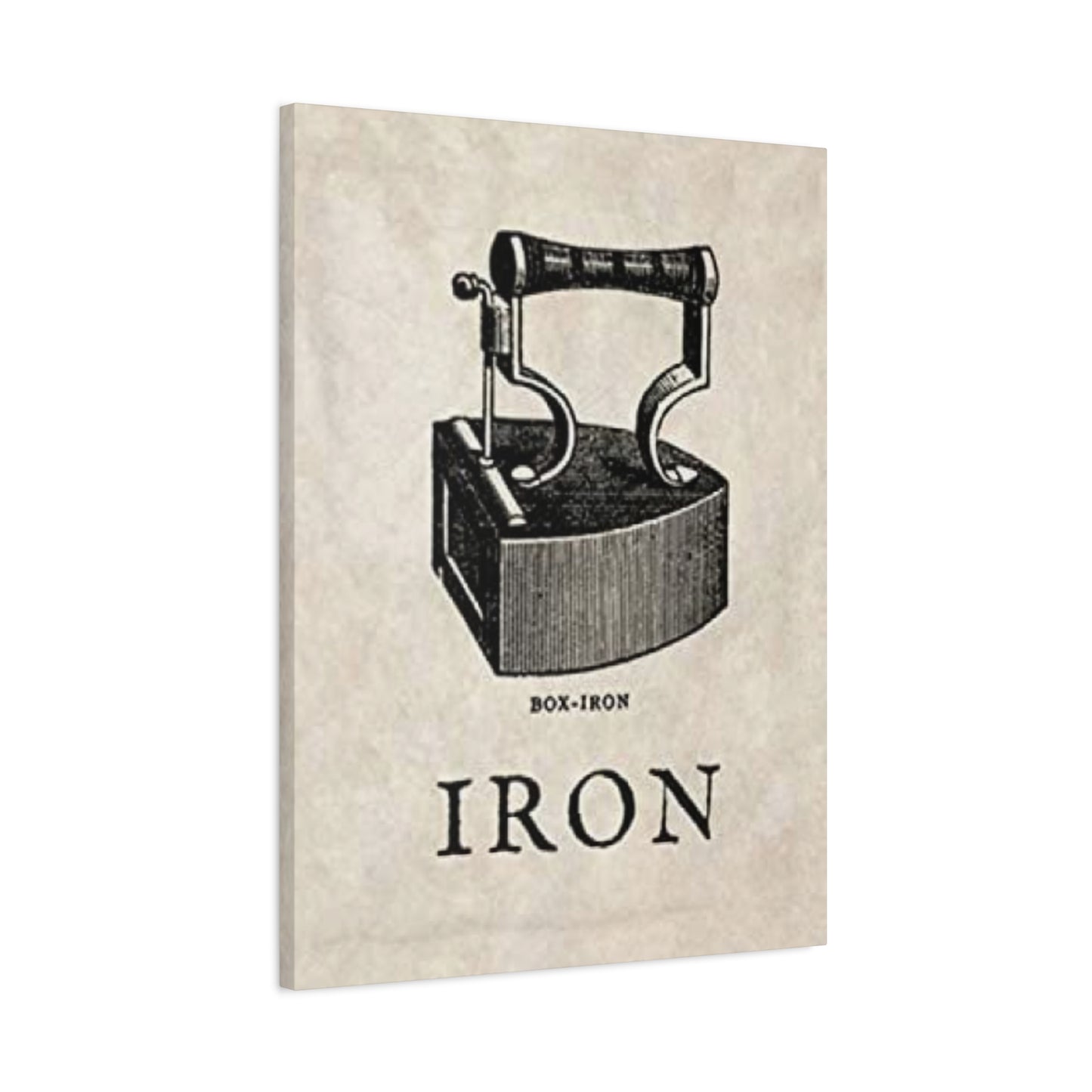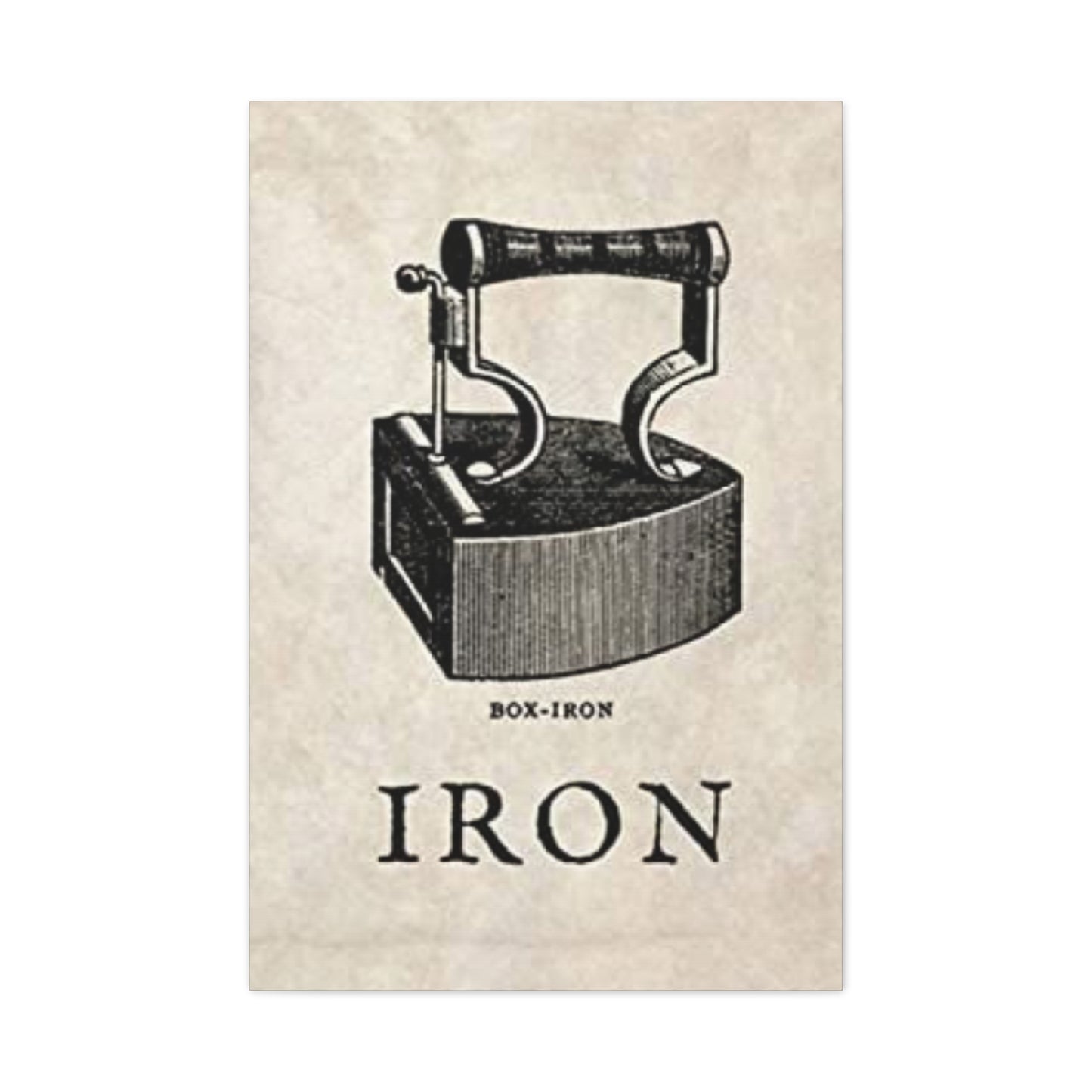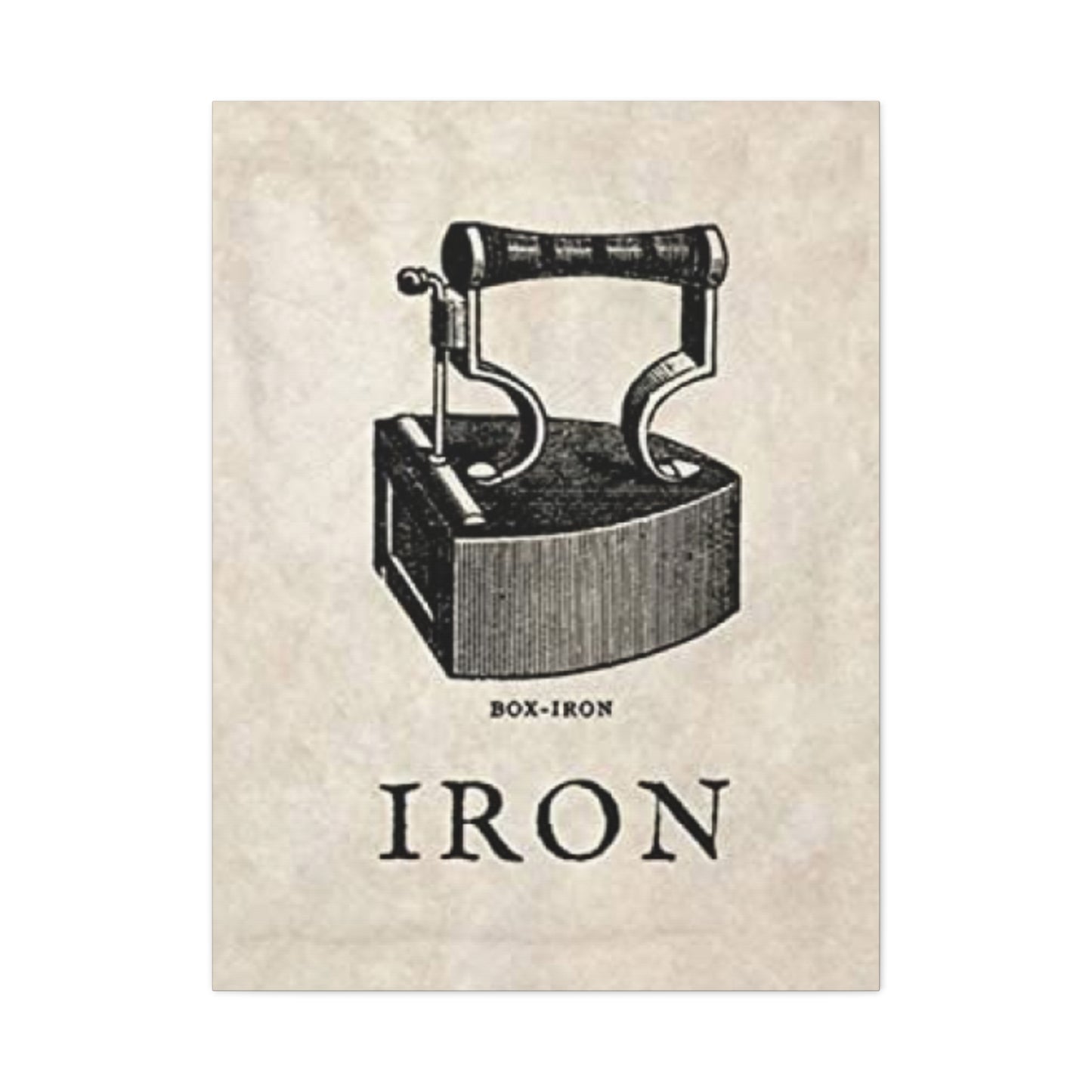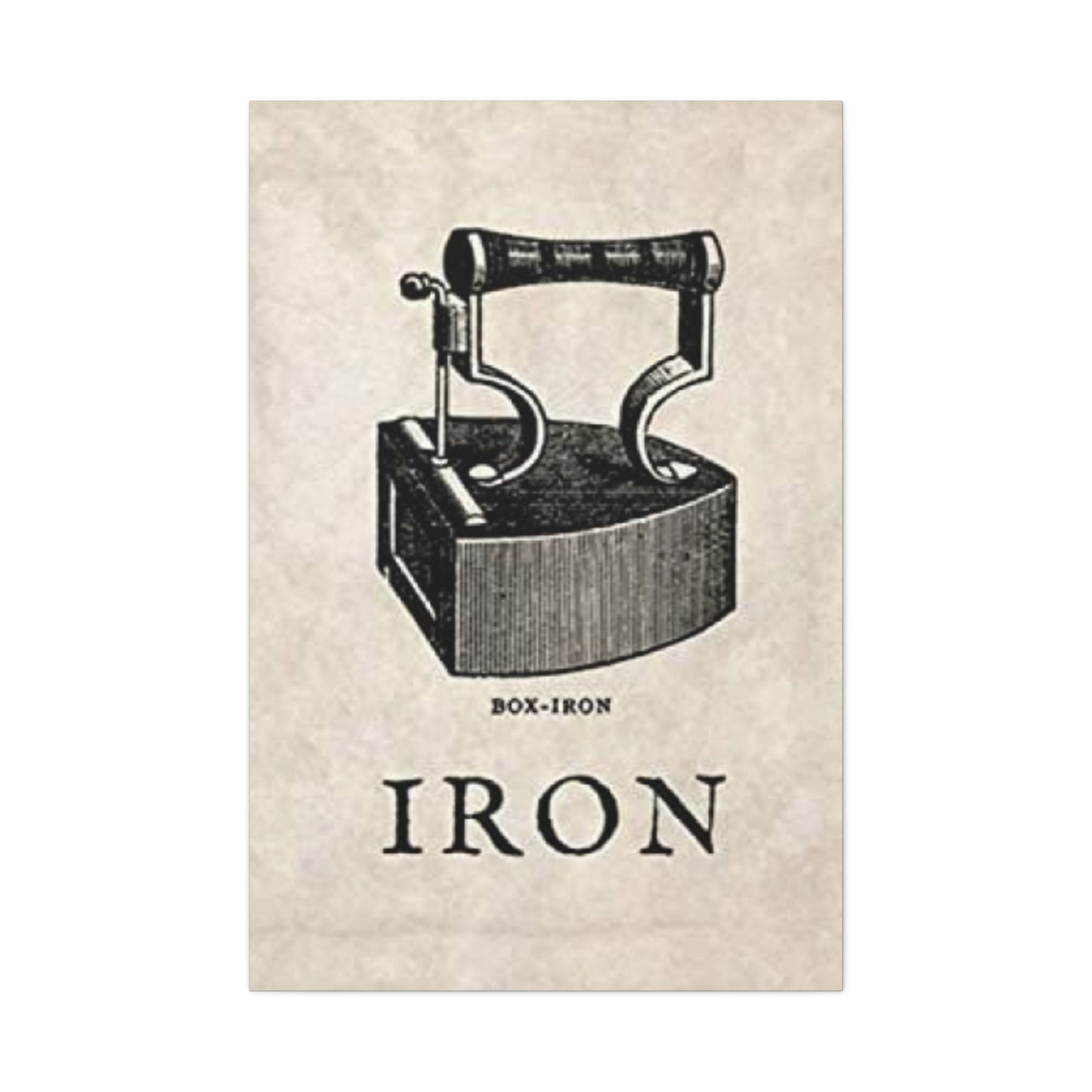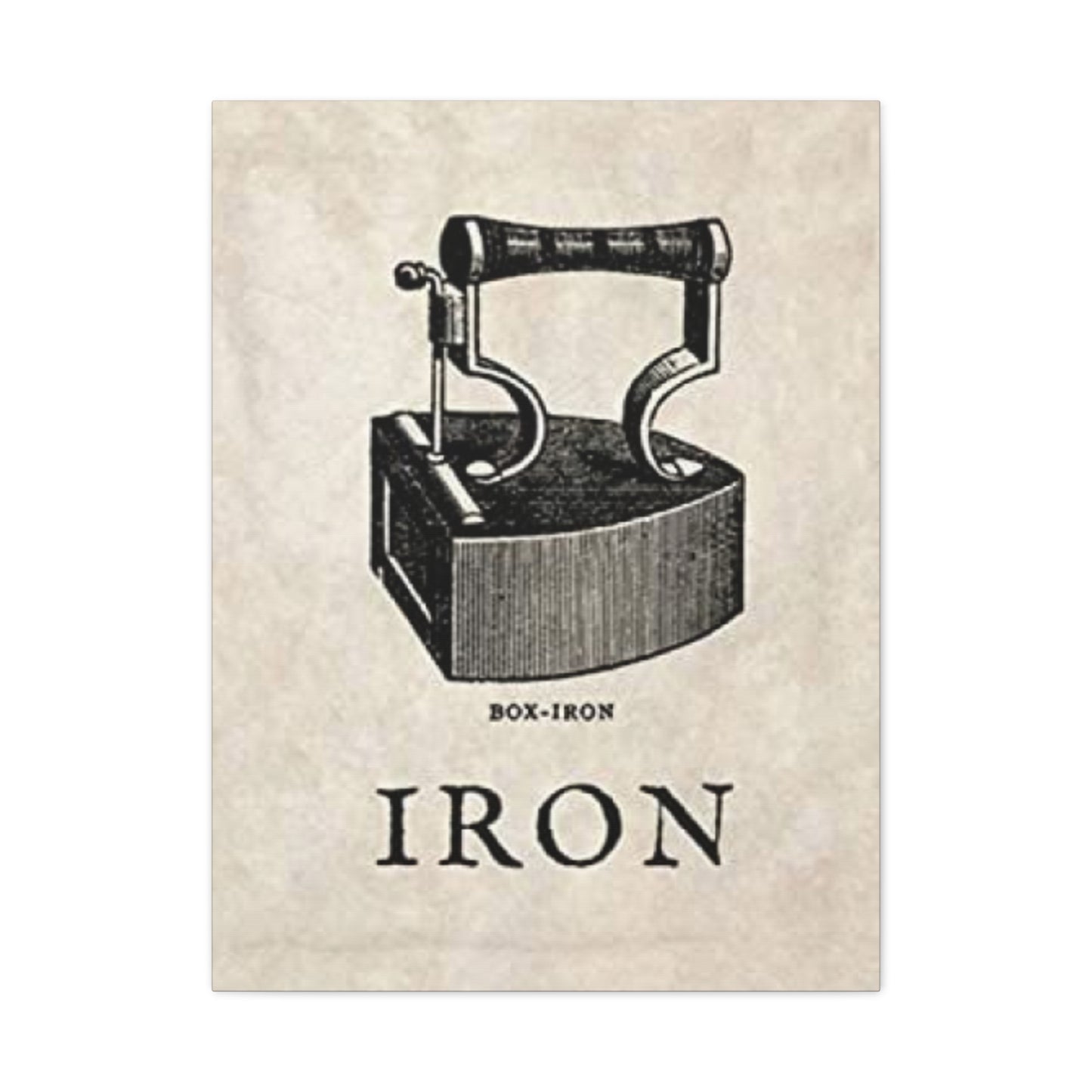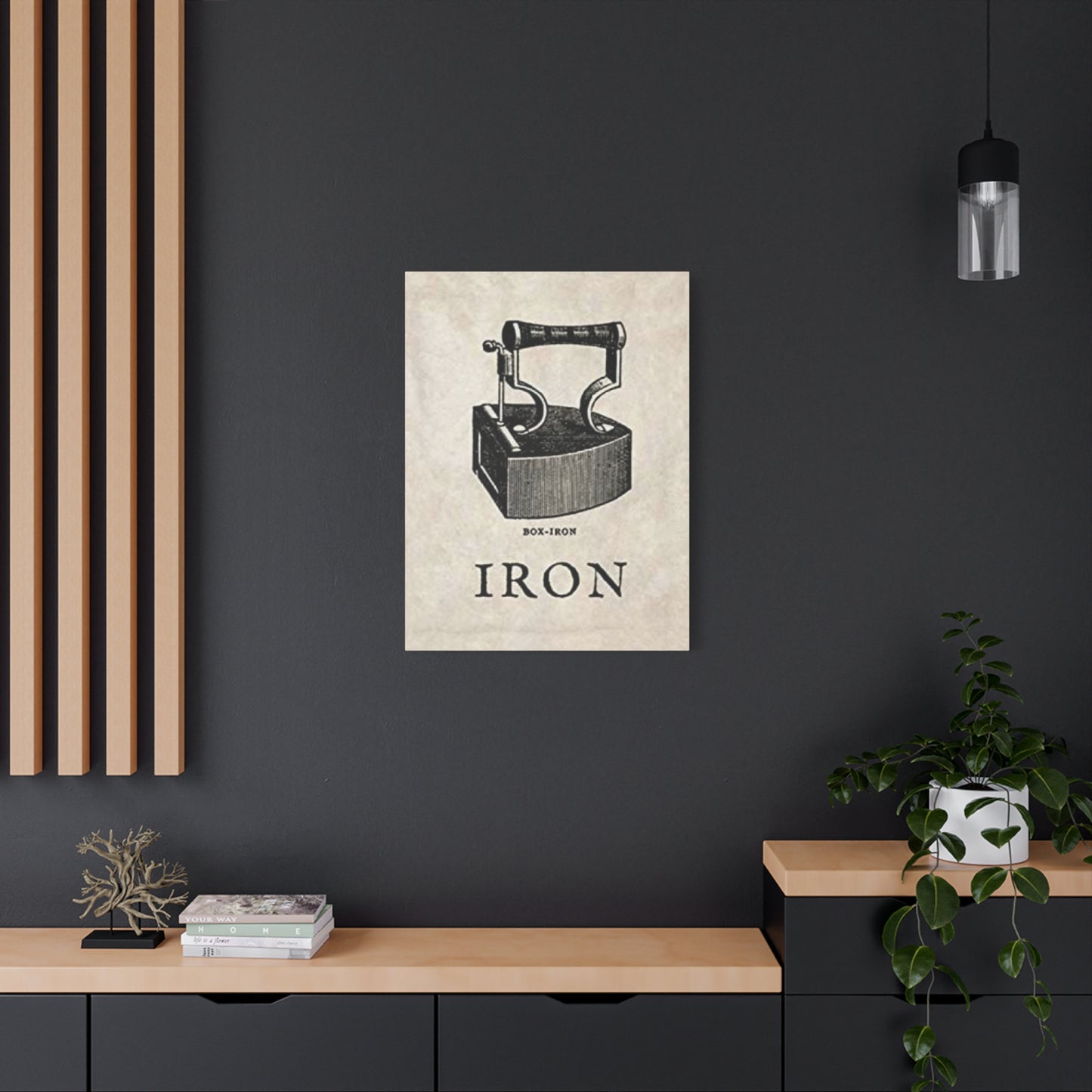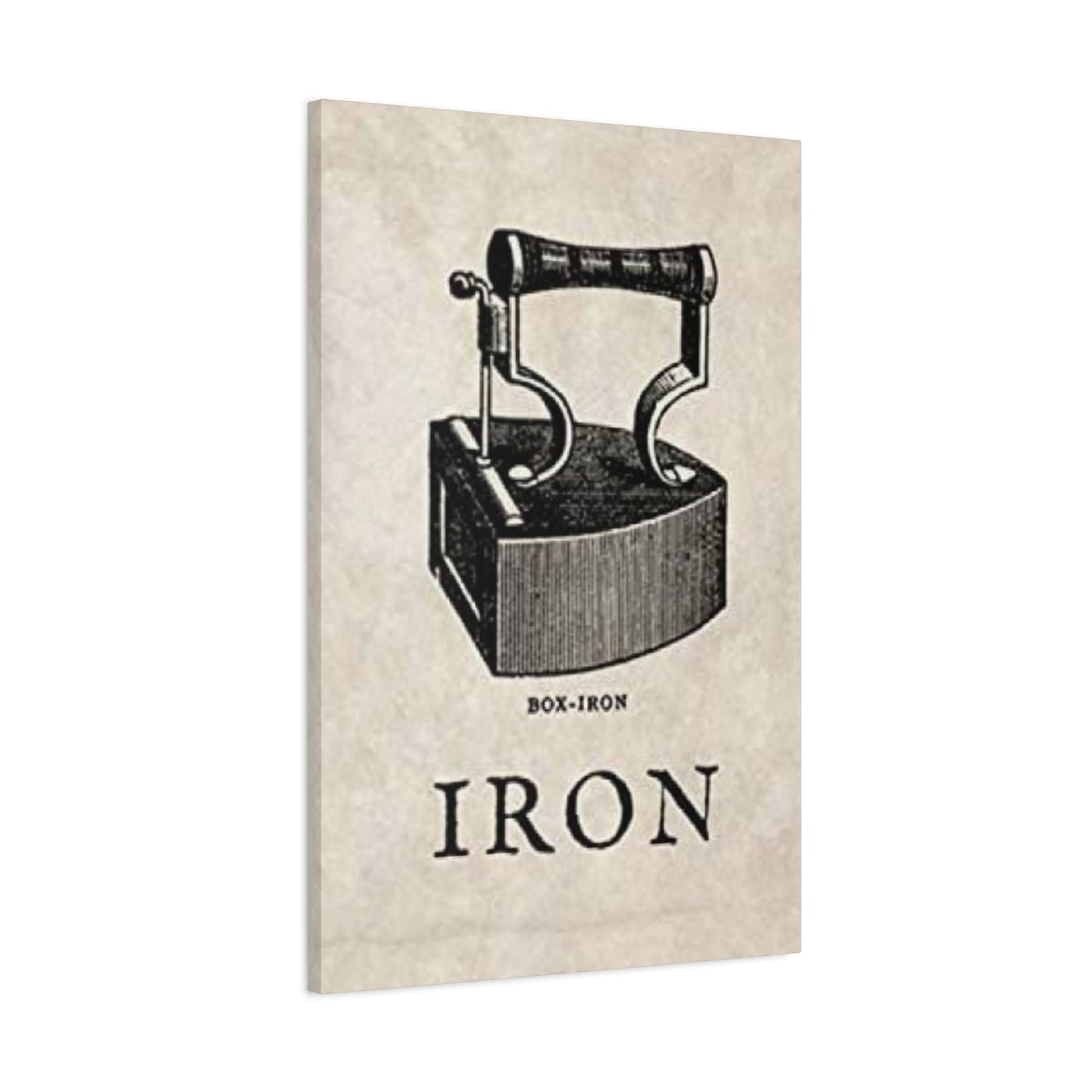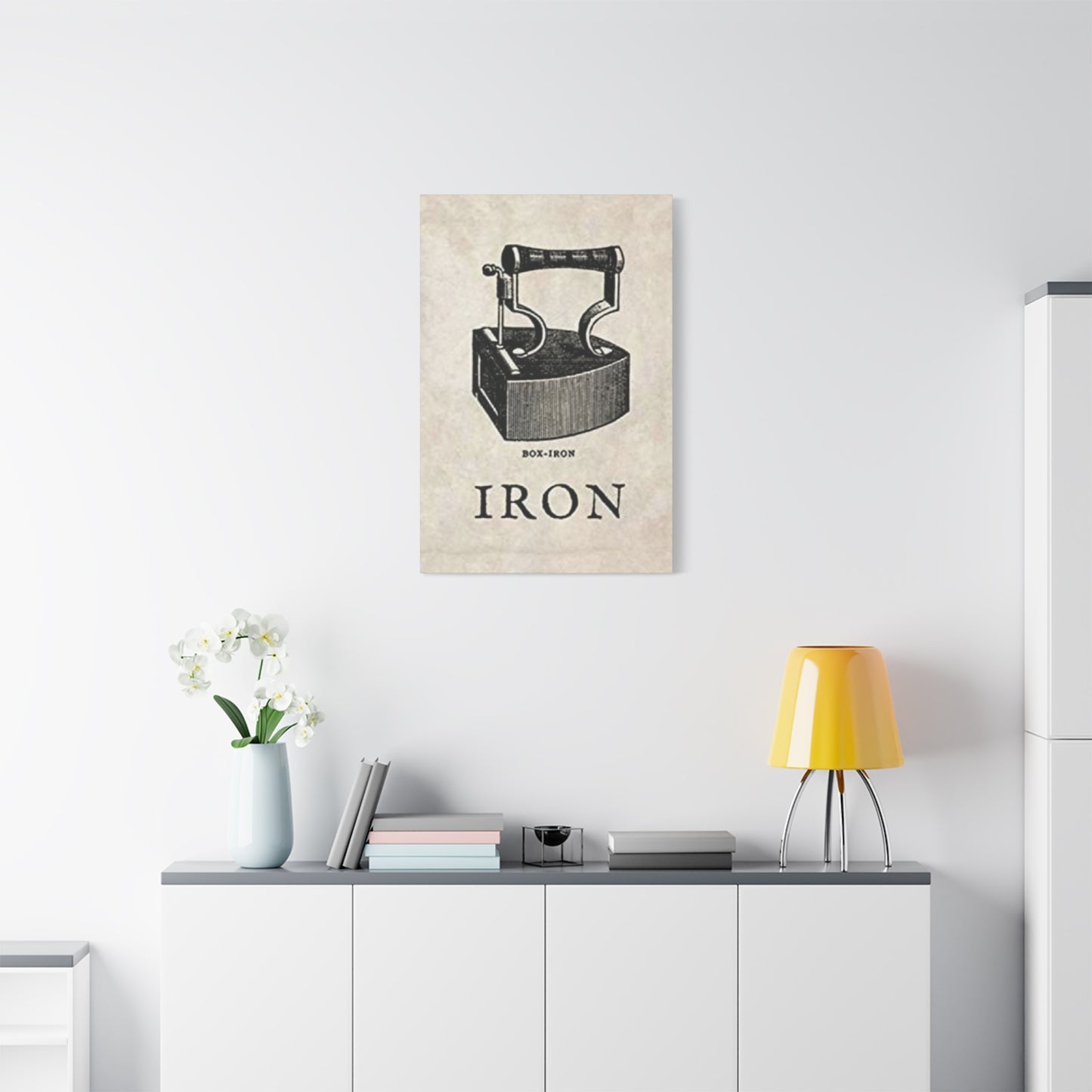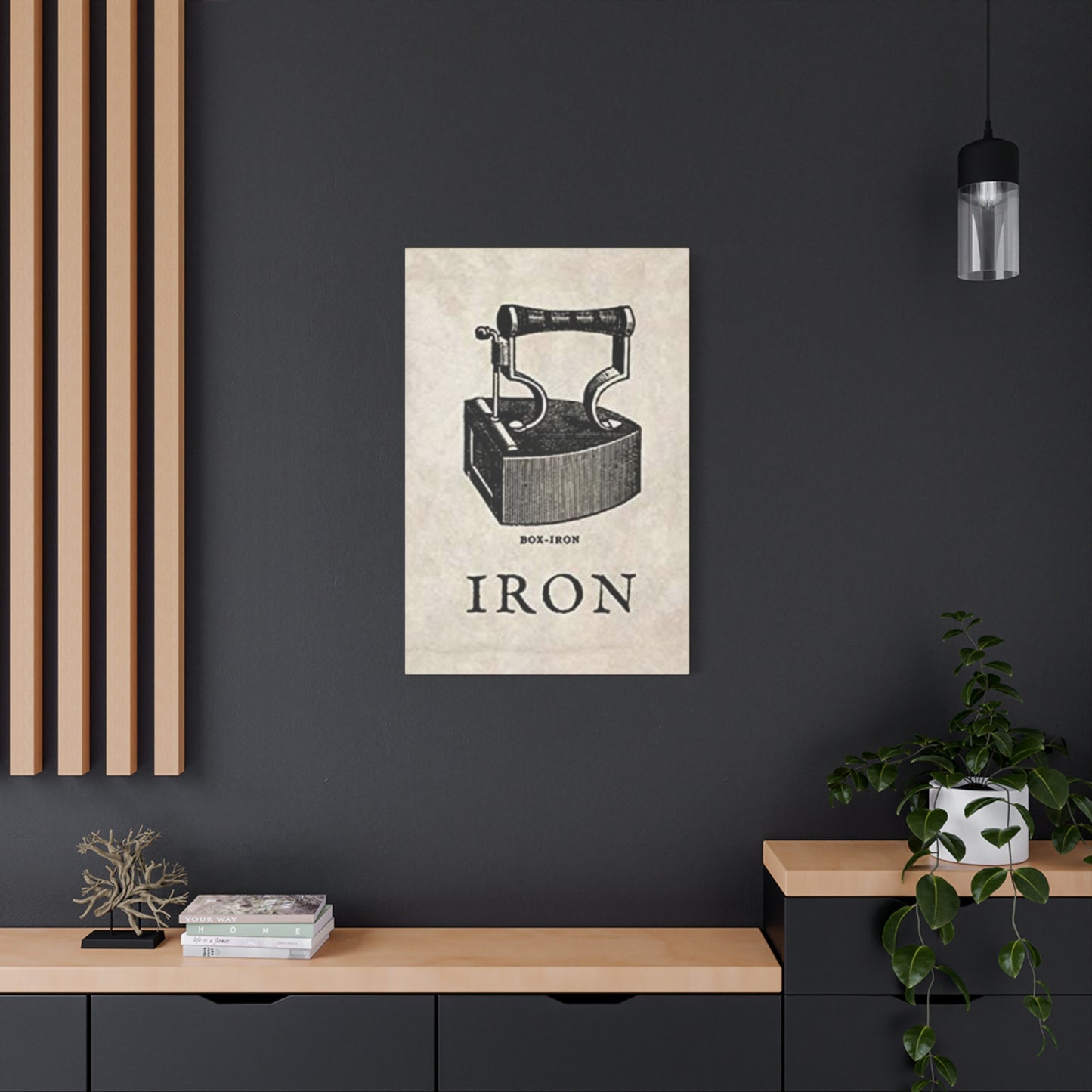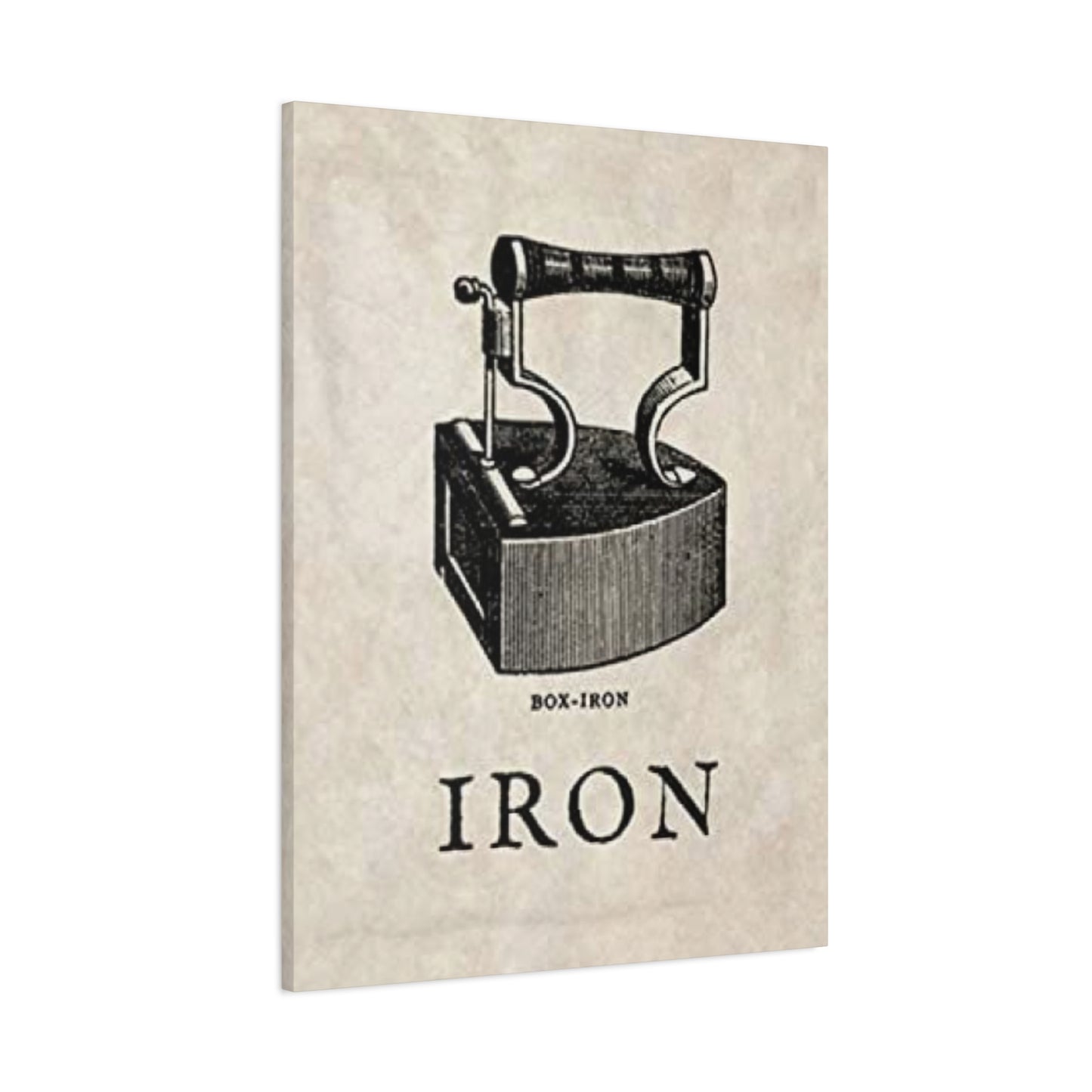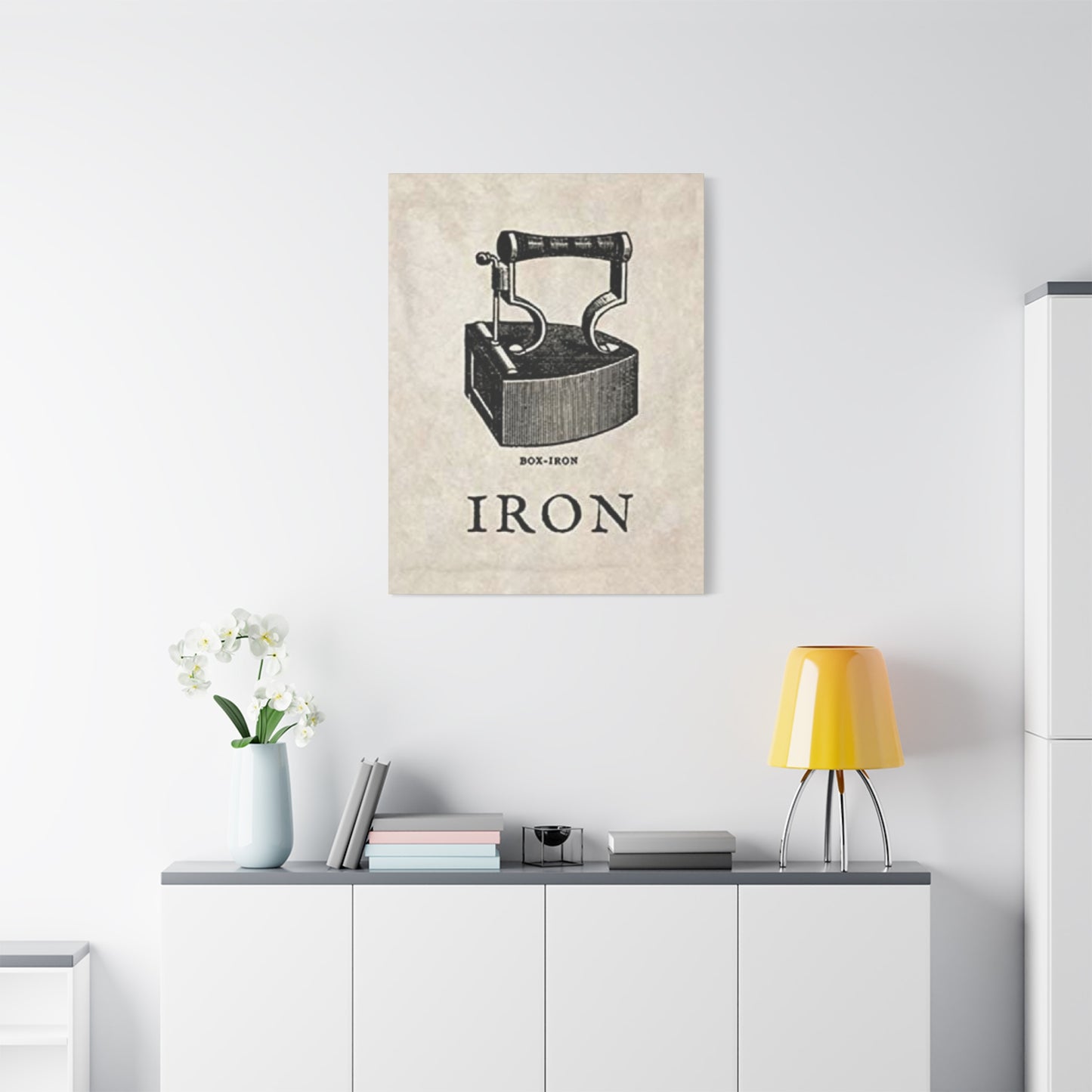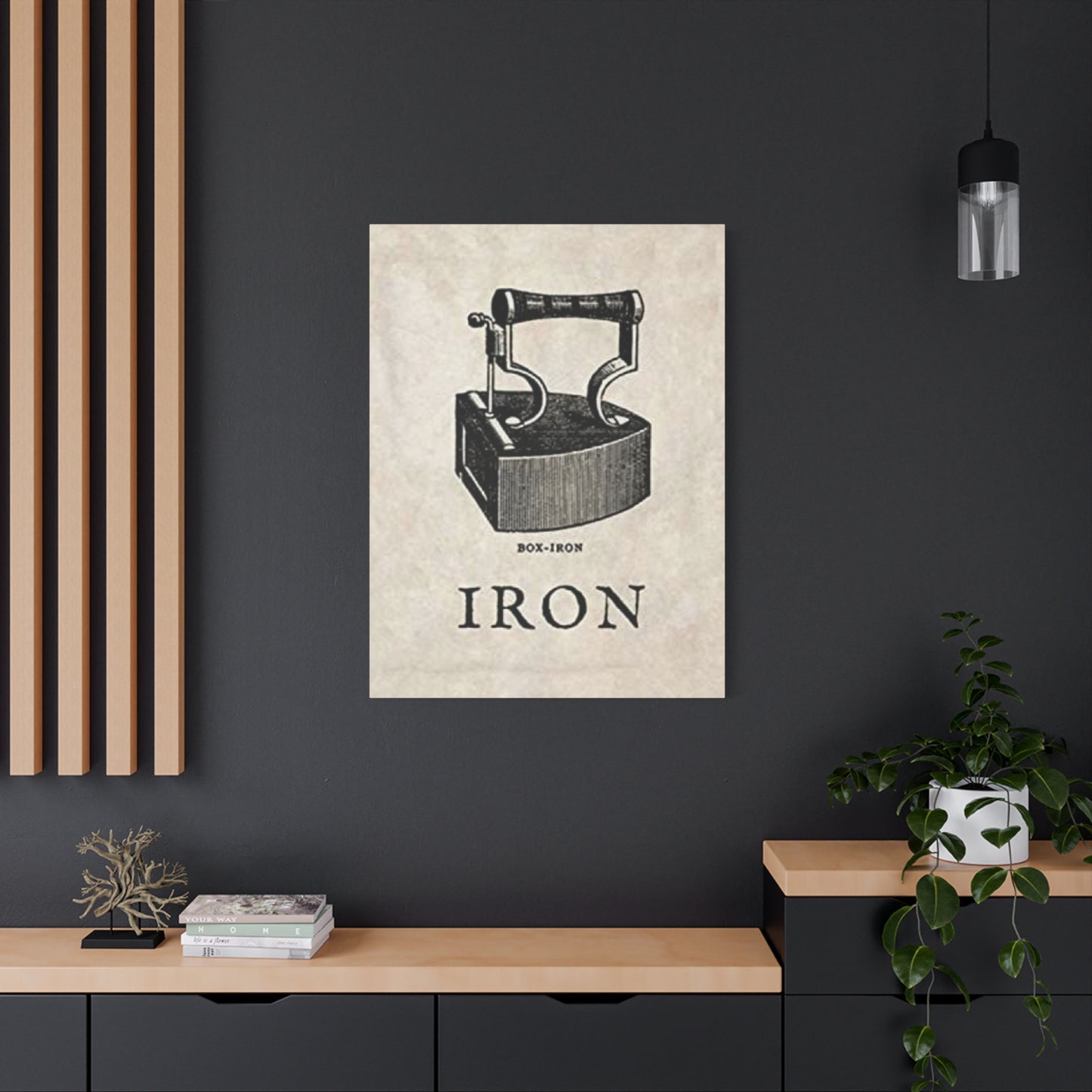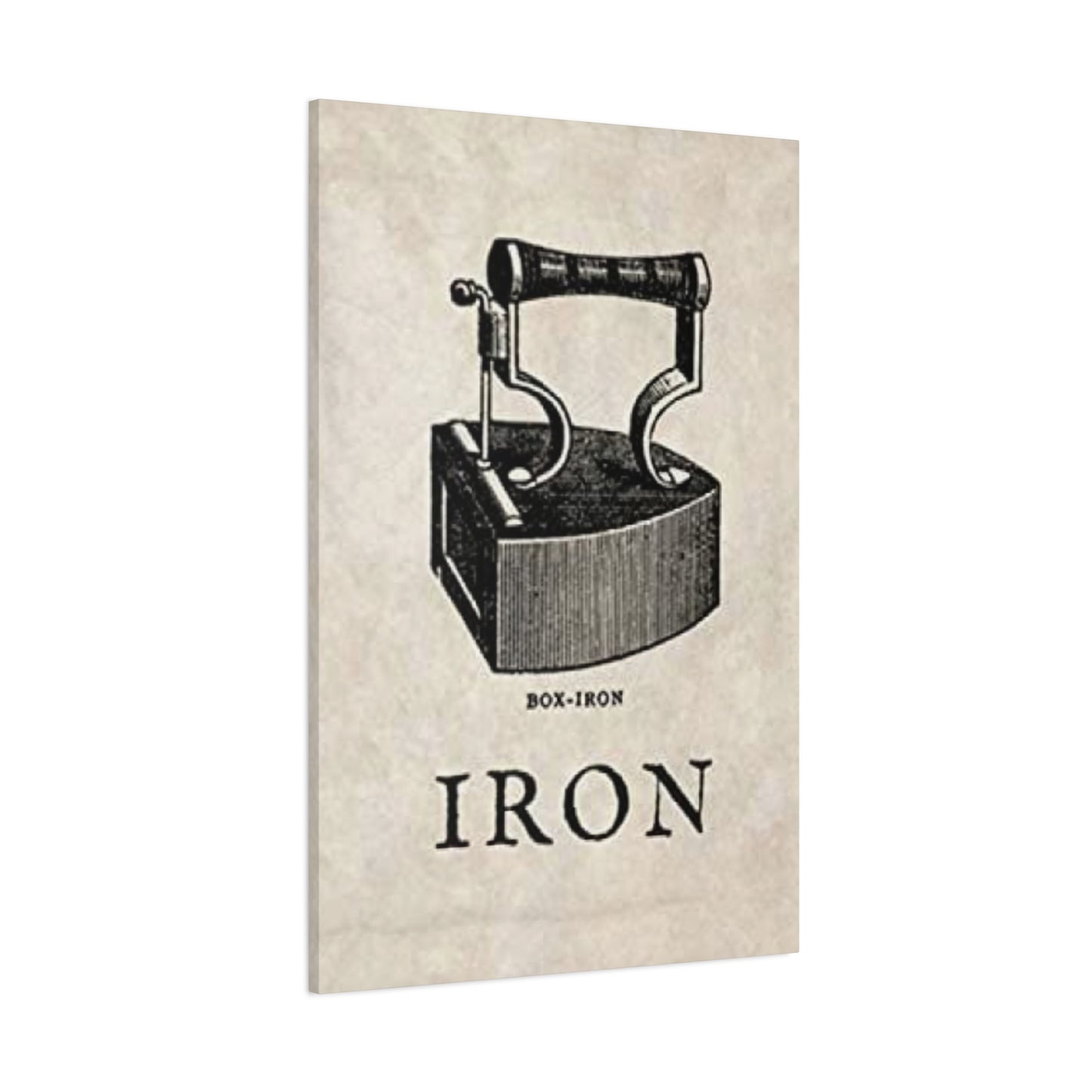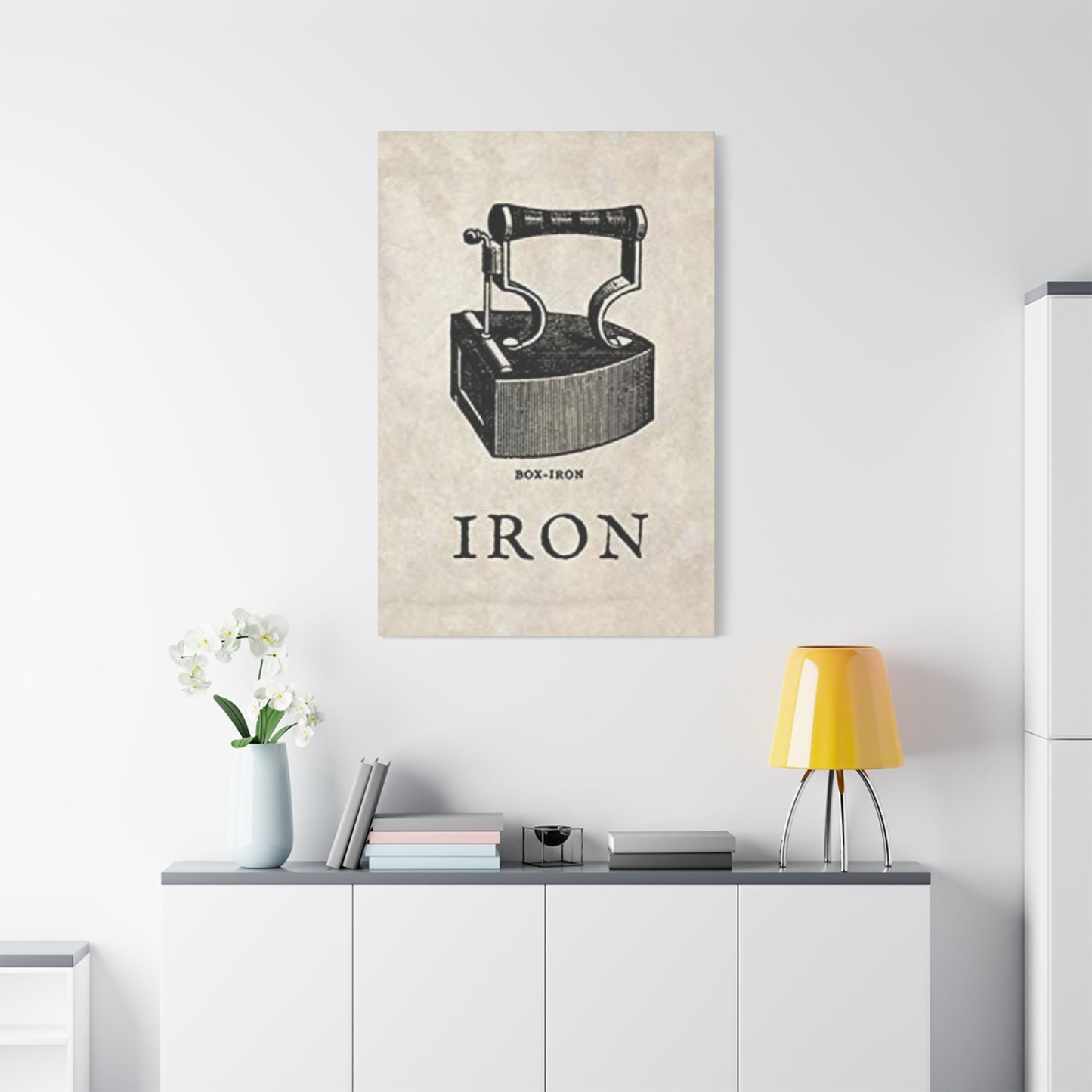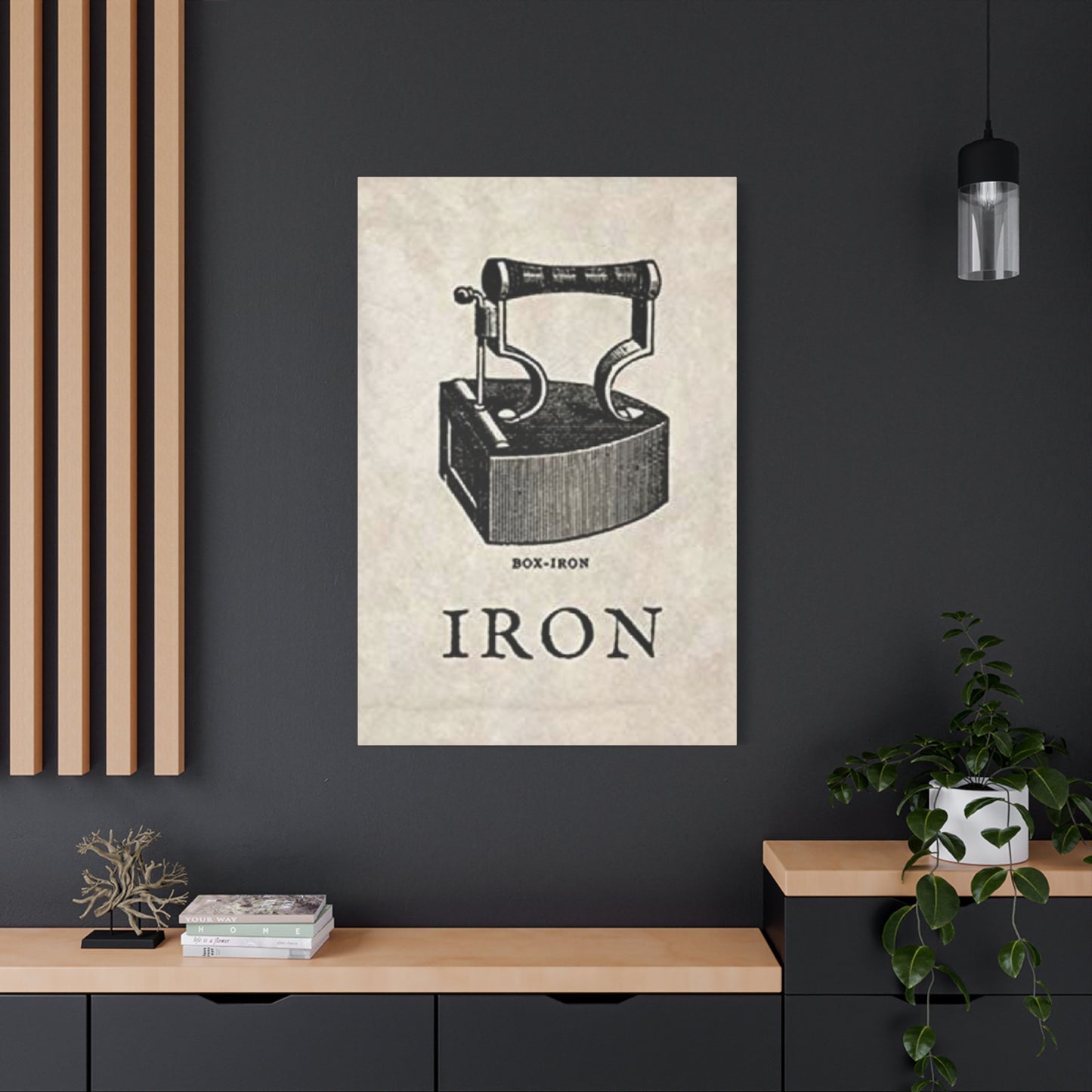Laundry Room Wall Art and Decor: Making Daily Tasks Delightful
The modern home has evolved beyond basic functionality, with every space deserving attention to design and atmosphere. Among these spaces, the laundry room often gets overlooked despite being a place where families spend considerable time each week. Incorporating artistic elements into this utilitarian space can dramatically change how we experience routine household tasks.
When we enter a beautifully decorated laundry room, our mindset shifts from viewing washing clothes as a mundane chore to approaching it as a more pleasant part of our daily routine. This psychological transformation occurs because visual stimuli directly influence our mood and energy levels. Bright colors, inspiring imagery, and thoughtfully chosen decorative elements can trigger positive emotions that make even the most repetitive tasks feel more enjoyable.
The science behind this phenomenon is well-documented in environmental psychology. Colors affect our brain chemistry, with warm tones like yellows and oranges promoting energy and happiness, while cooler blues and greens create a sense of calm and peace. When applied strategically in a laundry room through wall art, these color influences can make folding clothes or waiting for cycles to complete feel less tedious.
Beyond color psychology, the presence of art creates visual interest that gives our minds something engaging to focus on during routine tasks. Instead of staring at blank walls while sorting laundry, we can appreciate beautiful prints, read motivational quotes, or smile at whimsical illustrations. This mental engagement helps time pass more quickly and pleasantly.
The key to successful laundry room art lies in choosing pieces that complement the space's function while adding personality and charm. Unlike formal living areas where art might be selected purely for aesthetic reasons, laundry room decor should balance visual appeal with practicality. Moisture-resistant materials, easy-to-clean surfaces, and secure mounting become important considerations alongside artistic merit.
Many homeowners discover that adding art to their laundry room creates a ripple effect throughout their home maintenance routine. When one space feels welcoming and thoughtfully designed, it motivates improvement in other areas. The laundry room often becomes a starting point for broader home decoration projects, demonstrating how small changes in overlooked spaces can inspire larger transformations.
The social aspect of laundry room art also deserves consideration. Family members, especially children, may spend time in the laundry room helping with household tasks or simply accompanying parents during chores. Engaging artwork can make these shared moments more pleasant and memorable. Children might enjoy counting items in a whimsical print while learning to sort clothes, or practicing reading with inspirational quotes displayed on the walls.
Furthermore, well-decorated laundry rooms can serve multiple purposes beyond washing clothes. These spaces often double as craft rooms, gift-wrapping stations, or general storage areas. Artistic elements help unify these various functions under a cohesive design theme, making the space feel intentional rather than simply utilitarian.
Enhancing Your Washing Space with Decorative Wall Elements
Creating an inviting atmosphere in your washing space begins with understanding the room's unique characteristics and potential. Unlike other areas of the home, laundry rooms face specific challenges including humidity, temperature fluctuations, and the constant presence of cleaning supplies. However, these same characteristics offer opportunities for creative decorating solutions that work harmoniously with the space's primary function.
Wall decor serves as the foundation for transforming any laundry room from purely functional to genuinely appealing. The vertical surfaces in these spaces are typically underutilized, presenting blank canvases perfect for artistic expression. By thoughtfully selecting and arranging decorative elements, you can create visual focal points that draw attention away from less attractive but necessary features like utility connections or storage shelves.
The process of selecting wall decor for laundry rooms requires balancing aesthetic preferences with practical considerations. Humidity levels in these spaces can be higher than in other rooms due to steam from hot water and warm dryers. This environment favors certain materials over others, making vinyl prints, laminated artwork, and sealed frames better choices than delicate paper prints or unprotected materials that might warp or fade over time.
Size considerations play a crucial role in effective laundry room decorating. Many of these spaces are compact, making it important to choose appropriately scaled artwork that enhances rather than overwhelms the room. Large pieces can make small spaces feel cramped, while artwork that is too small might get lost among appliances and storage. The goal is finding pieces that create impact without dominating the limited visual space available.
Color coordination between wall decor and existing elements in the laundry room creates a cohesive, professionally designed appearance. Consider the colors of your appliances, cabinets, flooring, and walls when selecting artwork. Complementary colors can tie everything together beautifully, while carefully chosen contrasting elements can add dynamic visual interest without creating chaos.
The strategic placement of decorative elements maximizes their impact while respecting the functional needs of the space. Areas above appliances, beside windows, and on walls adjacent to work surfaces offer excellent opportunities for displaying art without interfering with daily activities. Creating small gallery walls or clustering related pieces can make a stronger visual statement than scattering individual items throughout the room.
Lighting plays an often-overlooked role in showcasing laundry room decor effectively. Many utility spaces rely solely on overhead fluorescent fixtures that cast harsh shadows and create an institutional atmosphere. Adding task lighting, accent lighting, or even battery-operated picture lights can dramatically improve how decorative elements appear while making the entire space feel more welcoming.
The seasonal rotation of wall decor keeps laundry rooms feeling fresh and engaging throughout the year. Unlike permanent fixtures, prints and lightweight decorative elements can be easily swapped to reflect holidays, seasons, or changing personal preferences. This flexibility allows for creative expression without long-term commitments or expensive renovations.
Selecting Positive Artwork for Washing Areas
The selection process for laundry room artwork requires careful consideration of both aesthetic and emotional factors. Since these spaces are associated with routine tasks that many people find tedious, choosing pieces that promote positive feelings becomes especially important. The goal is creating an environment that lifts spirits and makes necessary household work feel less burdensome.
Motivational themes work exceptionally well in laundry rooms because they provide mental encouragement during tasks that require persistence and attention to detail. Images of fresh flowers, sunny landscapes, or peaceful scenes can create a sense of optimism that makes time spent in the space more pleasant. These positive visual associations help counteract any negative feelings associated with household chores.
Humor represents another powerful tool for making laundry rooms more enjoyable. Whimsical illustrations, clever wordplay, or gently amusing scenes can bring smiles to faces during routine tasks. The key is selecting humor that remains appropriate for family spaces while adding lightness to the atmosphere. Vintage advertisements, cartoon-style illustrations, or playful animal imagery often strike the right balance between amusing and tasteful.
Nature-inspired artwork brings the outdoors inside, creating a connection to the natural world even while performing indoor tasks. Botanical prints, landscape photography, or abstract interpretations of natural elements can make confined laundry spaces feel more open and refreshing. This type of imagery also tends to have a calming effect that can reduce stress associated with household management.
The emotional impact of different artistic styles varies significantly, making it important to choose pieces that align with your personal preferences and desired atmosphere. Realistic artwork might appeal to those who appreciate detailed craftsmanship, while abstract pieces could suit individuals who prefer modern, minimalist aesthetics. Folk art, contemporary prints, or vintage-inspired designs each create different moods and serve different decorating goals.
Color psychology plays a vital role in artwork selection for laundry rooms. Bright, energetic colors like yellows, oranges, and vibrant greens can boost energy levels and create enthusiasm for tasks. Cooler colors such as blues and soft greens promote calm focus, which might be preferable for those who find laundry meditative rather than energizing. Understanding your personal response to different colors helps guide selection toward pieces that will have the desired emotional effect.
Scale and proportion become critical when selecting artwork for typically compact laundry spaces. Oversized pieces can overwhelm small rooms, while tiny prints might get lost among larger appliances. Medium-sized pieces or thoughtfully arranged collections of smaller works often provide the best balance, creating visual interest without dominating the available space.
The subject matter of laundry room artwork can reinforce the space's function in positive ways. Images related to cleanliness, organization, fresh linens, or domestic contentment create thematic connections that feel natural and appropriate. However, avoid being too literal in these connections, as subtle references often feel more sophisticated than obvious correlations.
The Impact of Vibrant Wall Displays in Utility Rooms
Vibrant wall displays possess remarkable power to transform utilitarian spaces into areas that feel alive and energizing. In utility rooms, where function typically takes precedence over form, the introduction of colorful artwork creates an immediate and dramatic shift in atmosphere. The psychology of color demonstrates that vibrant hues stimulate the brain, increase alertness, and promote positive emotions, making them ideal for spaces where motivation and energy are beneficial.
The strategic use of bold colors through wall displays can actually make small utility rooms appear larger and more open. Warm colors like reds, oranges, and yellows create the illusion of walls advancing, which might seem counterintuitive in compact spaces. However, when used thoughtfully as accent elements rather than dominant features, these energizing colors add depth and dimension without overwhelming the room. The key lies in balancing vibrant artwork with neutral background colors that allow the colorful pieces to shine without competing for attention.
Color temperature considerations become particularly important in utility rooms because these spaces often lack natural light. Cool fluorescent fixtures can make spaces feel sterile and uninviting, but warm-toned artwork can counteract this effect by introducing visual warmth that makes the entire room feel more comfortable. Conversely, spaces with abundant warm artificial lighting might benefit from cooler-toned artwork that provides balance and prevents the room from feeling overly heated or intense.
The intensity of colors in utility room artwork affects not only mood but also perceived cleanliness and organization. Bright, saturated colors suggest freshness and vitality, qualities that align perfectly with the laundry room's purpose of cleaning and refreshing household items. However, extremely intense colors might become overwhelming during longer periods spent in the space, making it important to balance vibrant elements with more restful visual areas.
Combining multiple vibrant colors in utility room displays requires careful attention to color harmony principles. Analogous color schemes, which use colors adjacent to each other on the color wheel, create pleasing combinations that feel cohesive and intentional. Complementary color schemes, featuring colors opposite each other on the color wheel, create dynamic contrast that can energize the space but require careful balance to avoid visual discord.
The reflective properties of colorful artwork can enhance lighting in utility rooms while distributing color throughout the space. Glossy or semi-glossy finishes on prints reflect both natural and artificial light, helping to brighten rooms while intensifying the impact of the colors themselves. This reflection effect can make even small colorful pieces have outsized influence on the overall atmosphere of the room.
Seasonal color changes through rotatable artwork collections allow utility rooms to feel fresh and current throughout the year. Spring pastels, summer brights, autumn earth tones, and winter jewel tones can be incorporated through easily changeable prints or posters. This approach provides creative flexibility while allowing residents to experiment with different color combinations and their effects on mood and energy levels.
The interaction between colorful wall displays and other elements in utility rooms requires thoughtful coordination. Appliance colors, cabinet finishes, flooring materials, and textile elements all influence how vibrant artwork appears and feels in the space. Creating harmony between these elements while allowing the colorful artwork to serve as intended focal points requires balancing competing visual elements through careful selection and placement decisions.
Simple Methods to Revitalize Your Washing Area
Revitalizing a washing area doesn't require extensive renovations or significant financial investment. Simple, strategic changes can create dramatic improvements in both appearance and functionality while maintaining the space's primary purpose. The key lies in identifying high-impact modifications that maximize visual improvement with minimal effort and expense.
Paint represents one of the most cost-effective ways to transform any washing area. A fresh coat of paint in an updated color can instantly modernize the space while providing a clean backdrop for other decorative elements. Light, neutral colors make small spaces appear larger and brighter, while accent walls in bolder colors can create focal points that add personality without overwhelming compact rooms. Moisture-resistant paint formulations ensure durability in the humid conditions typical of laundry areas.
Upgrading lighting fixtures can dramatically change the atmosphere and functionality of washing areas. Replacing harsh fluorescent fixtures with warmer LED alternatives improves both the quality of light and energy efficiency. Adding task lighting above work surfaces or accent lighting to highlight decorative elements creates layers of illumination that make the space feel more welcoming and functional for detailed tasks like stain removal or delicate fabric care.
Organizational improvements often have surprising visual impact in washing areas. Installing attractive storage solutions, replacing mismatched containers with coordinated options, and creating designated spaces for different supplies immediately makes rooms appear more intentional and well-designed. Open shelving displays attractive storage containers and decorative elements, while closed storage hides less appealing but necessary items.
Window treatments, where applicable, offer opportunities to introduce color, pattern, and texture while managing privacy and light control. Simple roman shades, cheerful curtains, or decorative film on glass doors can add character while serving practical purposes. In windowless spaces, creating the illusion of windows through strategically placed mirrors or window-shaped artwork can make rooms feel less confined.
Floor coverings provide both practical benefits and decorative opportunities in washing areas. Washable rugs add color, comfort, and sound absorption while protecting flooring from spills and heavy appliance traffic. Anti-fatigue mats in attractive colors or patterns make standing for extended periods more comfortable while contributing to the overall design scheme. Ensuring all floor coverings are easily cleanable maintains hygiene standards essential in laundry areas.
Hardware updates represent small changes with significant visual impact. Replacing basic cabinet pulls, hooks, and hanging rods with more attractive options creates a custom, finished appearance. Coordinating hardware finishes with lighting fixtures and other metallic elements throughout the space creates professional-looking cohesion that elevates the overall design quality.
Incorporating plants or greenery adds life and freshness to washing areas while improving air quality. Low-maintenance options like pothos, spider plants, or snake plants thrive in the humidity common to these spaces while requiring minimal care. Attractive planters or wall-mounted growing systems can display plants safely away from appliances and work areas while contributing to a more natural, welcoming atmosphere.
Benefits of Picture Frames in Laundry Spaces
Picture frames serve multiple important functions in laundry spaces beyond simply displaying artwork. They provide protection for prints and photographs from the moisture and temperature fluctuations common in these environments while creating polished, intentional appearances that elevate casual spaces to more sophisticated levels. The selection of appropriate framing materials and styles can significantly impact both the longevity of displayed artwork and the overall aesthetic success of laundry room decorating projects.
Moisture protection represents the primary practical benefit of using frames in laundry spaces. Steam from hot water, humidity from wet clothes, and temperature changes from heating and cooling cycles can damage unprotected paper artwork over time. Quality frames with proper backing materials, moisture barriers, and sealed edges provide crucial protection that extends the life of valuable prints while maintaining their appearance and color quality.
The psychological impact of framed artwork differs significantly from unframed pieces, particularly in utilitarian spaces. Frames signal intention and investment in the decorative elements, making casual spaces feel more thoughtfully designed and permanent. This perceived formality can elevate the status of laundry rooms from purely functional areas to spaces worthy of design attention and aesthetic consideration.
Frame styles contribute substantially to the overall design theme of laundry spaces. Traditional wooden frames create warm, classic atmospheres that work well with farmhouse or country decorating styles. Modern metal frames complement contemporary appliances and clean-lined storage solutions. Colorful frames can coordinate with other decorative elements while adding additional visual interest beyond the artwork itself.
Size relationships between frames, artwork, and room proportions require careful consideration in typically compact laundry spaces. Oversized frames can overwhelm small rooms, while frames that are too small for their contents appear unbalanced and unprofessional. The goal is achieving proportions that feel harmonious with both the displayed artwork and the surrounding space while maintaining visual impact appropriate for the room's scale.
Matting within frames provides opportunities for additional color coordination and visual refinement. Colored mats can echo other elements in the room or provide pleasing contrasts that enhance the displayed artwork. Double matting creates more sophisticated appearances, while textured or specialty mats add tactile interest that enriches the overall visual experience. However, in humid environments, quality mat materials that resist warping and discoloration become essential.
Grouping multiple framed pieces creates stronger visual impact than individual frames scattered throughout laundry spaces. Gallery walls, grid arrangements, or asymmetrical clusters of related frames can transform blank walls into compelling focal points. The key to successful groupings lies in maintaining consistent spacing, coordinating frame styles or colors, and ensuring the overall arrangement fits comfortably within the available wall space.
Maintenance considerations for framed artwork in laundry spaces include regular cleaning and inspection for moisture damage. Frames should be easily removable for cleaning both the glass or acrylic covers and the wall surfaces behind them. Non-corrosive hanging hardware ensures secure mounting even in humid conditions, while proper ventilation behind frames prevents condensation buildup that could damage both artwork and wall surfaces.
Motivational Sayings for Laundry Area Enhancement
Motivational sayings strategically placed in laundry areas can transform routine household tasks into opportunities for personal reflection and positive reinforcement. The psychological impact of reading uplifting messages while performing mundane activities creates mental associations that make necessary work feel more purposeful and enjoyable. Selecting appropriate quotes requires balancing inspiration with practicality, ensuring messages resonate with users while remaining appropriate for family spaces.
The effectiveness of motivational sayings depends largely on their relevance to the activities performed in laundry areas. Messages about persistence, patience, and finding joy in simple tasks align naturally with the repetitive nature of washing, drying, and folding clothes. Quotes that emphasize the satisfaction of completing necessary work or the value of caring for family needs create positive connections between the displayed messages and the room's primary functions.
Placement of motivational sayings within laundry areas affects their impact and effectiveness. Eye-level positioning ensures easy reading during routine tasks, while strategic placement near work surfaces keeps inspiring messages visible during the most tedious aspects of laundry work. Messages placed where users wait for cycles to complete can provide mental engagement during otherwise idle moments, making time pass more pleasantly.
The visual presentation of motivational sayings influences their perceived importance and aesthetic contribution to laundry spaces. Typography choices, color schemes, and background treatments can make identical messages feel completely different in their impact and appropriateness. Clean, readable fonts ensure messages remain accessible to all family members, while decorative elements can enhance the overall design contribution of text-based artwork.
Personalizing motivational sayings for specific household members or situations increases their effectiveness and relevance. Family mottos, inside jokes, or references to shared experiences create stronger emotional connections than generic inspirational quotes. However, personal messages should remain appropriate for shared family spaces and considerate of all household members who might encounter them.
Rotating motivational sayings prevents them from becoming background elements that lose their impact through over-familiarity. Seasonal changes, monthly updates, or responses to changing life circumstances keep messages fresh and relevant. This rotation also provides opportunities to experiment with different types of motivation, from gentle encouragement to energizing challenges, while discovering what resonates most effectively with different family members.
The integration of motivational sayings with other decorative elements creates cohesive design schemes that feel intentional rather than random. Coordinating text colors with other artwork, echoing themes across multiple pieces, or creating visual relationships between sayings and related imagery enhances the overall decorative impact while reinforcing the motivational messages through multiple visual channels.
Cultural and family considerations influence the appropriateness and effectiveness of different motivational approaches. Some households respond well to gentle, nurturing messages, while others prefer energetic, achievement-oriented sayings. Religious families might appreciate spiritual themes, while others prefer secular inspiration. Understanding the household's communication style and values ensures selected sayings feel authentic and meaningful rather than forced or inappropriate.
Developing Positive Atmospheres with Laundry Wall Graphics
Wall graphics offer unique opportunities to create positive atmospheres in laundry areas through their ability to transform entire wall surfaces into engaging visual experiences. Unlike traditional framed artwork that occupies specific portions of walls, graphics can cover large areas or create immersive environments that completely change how spaces feel and function. The key to successful graphic implementation lies in selecting designs that enhance rather than overwhelm the room's practical functions while creating genuinely uplifting atmospheres.
The scale possibilities offered by wall graphics allow for dramatic transformations that would be impossible with conventional artwork. Large-scale botanical graphics can create the illusion of outdoor gardens, making confined laundry areas feel more spacious and connected to nature. Panoramic landscapes or seascapes can provide visual escape during routine tasks, while abstract patterns can add dynamic energy without competing with the room's functional elements.
Color gradients and transitions achievable through wall graphics create sophisticated atmospheric effects that enhance lighting and spatial perception. Subtle color shifts from darker to lighter tones can make walls appear to recede, creating illusions of greater space in compact rooms. Warm-to-cool transitions can balance artificial lighting while providing visual interest that changes throughout the day as lighting conditions shift.
The durability advantages of quality wall graphics make them particularly suitable for laundry area applications. Vinyl graphics resist moisture, temperature changes, and cleaning chemicals while maintaining their appearance over extended periods. This longevity makes them cost-effective solutions for spaces that experience more wear than typical residential rooms, while their removability allows for future changes without permanent wall damage.
Customization possibilities with wall graphics enable perfect coordination with existing room elements and personal preferences. Custom colors can match appliances or coordinate with cabinet finishes, while personalized designs can incorporate family names, meaningful dates, or specific imagery that holds special significance. This level of customization creates truly unique spaces that reflect individual personalities and preferences.
The installation flexibility of wall graphics accommodates various surface types and room configurations common in laundry areas. Graphics can be applied to painted walls, tile surfaces, or even appliance sides where appropriate, creating cohesive visual themes throughout the space. This flexibility allows for creative problem-solving in challenging spaces with unusual layouts or multiple surface materials.
Maintenance requirements for wall graphics in laundry environments require consideration during selection and installation. Graphics placed in areas likely to experience direct moisture exposure need appropriate protective coatings or moisture-resistant materials. However, most quality graphics designed for interior use can withstand normal laundry room conditions while remaining easy to clean and maintain their appearance over time.
The psychological impact of immersive wall graphics can be profound in spaces where people spend considerable time performing routine tasks. Graphics that create feelings of being outdoors, in peaceful environments, or surrounded by beauty can significantly improve mood and reduce stress associated with household chores. The key lies in selecting imagery that promotes desired emotional responses while remaining appropriate for the space's practical functions.
Decorating Solutions for Compact Laundry Areas
Compact laundry areas present unique decorating challenges that require creative solutions balancing aesthetic appeal with essential functionality. Limited square footage demands strategic thinking about every design element, ensuring decorative choices enhance rather than compromise the space's primary purpose. Success in small space decorating relies on maximizing visual impact while maintaining efficiency and accessibility for daily laundry tasks.
Vertical space utilization becomes crucial in compact laundry areas where floor space is at a premium. Wall-mounted storage that doubles as decorative elements, hanging organizers with attractive designs, and vertical display areas for artwork maximize the available space while contributing to the room's overall aesthetic appeal. The key lies in selecting vertical solutions that feel intentional rather than cramped, creating upward visual movement that makes rooms feel taller and more spacious.
Light color palettes work particularly well in compact laundry areas because they reflect available light and create illusions of greater space. Whites, soft grays, pale blues, and other light neutrals provide excellent backgrounds for colorful artwork and accessories while making rooms feel larger and more open. However, all-white schemes can feel sterile, making it important to incorporate warmth through artwork, textiles, or accent colors that add personality without overwhelming the space.
Multi-functional decorative elements serve dual purposes essential in compact areas where every item must justify its presence. Attractive storage containers that organize supplies while contributing to the decor, decorative hooks that provide hanging space while adding visual interest, and artwork that incorporates functional elements like cork boards or magnetic surfaces maximize utility while maintaining aesthetic appeal.
Sight line management helps compact laundry areas feel less cluttered and more organized. Keeping frequently used items easily accessible while storing less attractive necessities out of sight creates cleaner visual experiences that make small spaces feel larger. Decorative screens, attractive curtains, or artistic room dividers can hide less appealing storage areas while contributing to the overall design scheme.
Proportion awareness prevents decorative elements from overwhelming compact laundry areas. Selecting appropriately sized artwork, avoiding oversized furniture or storage pieces, and maintaining adequate space between elements creates visual breathing room essential in small spaces. The goal is achieving impact through thoughtful selection rather than quantity, making every decorative choice count toward the overall aesthetic success.
Mirror integration can dramatically improve the perception of space in compact laundry areas while serving practical purposes. Strategically placed mirrors reflect light and create illusions of expanded space, while providing useful functions for checking appearance or examining clothing for stains or damage. Decorative mirror frames can coordinate with other design elements while contributing to the room's overall aesthetic appeal.
Consistency in decorative themes prevents compact laundry areas from feeling chaotic or disorganized. Limiting color palettes, coordinating materials and finishes, and maintaining stylistic coherence throughout all decorative elements creates unified appearances that make small spaces feel more intentional and well-designed. This consistency also makes spaces feel larger by reducing visual competition between different elements.
Combining Practicality and Aesthetics in Laundry Wall Displays
The successful combination of practicality and aesthetics in laundry wall displays requires careful consideration of both functional needs and visual goals. Unlike purely decorative spaces, laundry rooms must maintain their essential utility while benefiting from aesthetic enhancements that make routine tasks more pleasant. Achieving this balance involves selecting and arranging wall displays that enhance rather than interfere with daily activities while contributing meaningfully to the room's visual appeal.
Functional artwork represents an ideal solution for laundry areas because it serves multiple purposes within limited space. Cork boards disguised as decorative elements provide surfaces for posting schedules or reminders while contributing to wall decor. Magnetic boards styled as contemporary art offer convenient attachment points for lightweight metal items while serving as attractive focal points. These dual-purpose solutions maximize utility while maintaining aesthetic integrity essential for successful room design.
Strategic placement of wall displays ensures they enhance rather than interfere with laundry room workflow. Artwork positioned above appliances remains visible and accessible while staying out of the way during loading and unloading activities. Displays placed on walls adjacent to work surfaces provide visual interest during sorting and folding tasks without competing for essential workspace. Understanding traffic patterns and work zones helps determine optimal placement for both practical access and aesthetic impact.
Durability considerations influence both material selection and mounting methods for laundry room wall displays. Moisture-resistant materials, secure hanging systems, and easy-to-clean surfaces ensure decorative elements maintain their appearance and function over time despite challenging environmental conditions. Investing in quality materials and proper installation prevents future maintenance issues while ensuring long-term satisfaction with decorative choices.
Size relationships between functional elements and decorative displays require careful balance in laundry rooms where space efficiency is essential. Large appliances, storage cabinets, and work surfaces can dwarf inappropriately sized artwork, while oversized decorative elements might interfere with necessary functions. Finding proportions that feel harmonious while respecting the room's practical requirements creates successful integration of form and function.
Color coordination between practical elements and aesthetic additions creates cohesive appearances that make utilitarian spaces feel more intentionally designed. Matching or coordinating display colors with appliance finishes, cabinet hardware, or textile elements creates visual relationships that unify diverse elements. However, strategic color contrasts can highlight decorative elements while ensuring they remain visible and impactful within busy visual environments.
Accessibility factors affect both the placement and selection of wall displays in laundry rooms used by multiple family members. Heights appropriate for all users, easy-to-reach locations, and simple maintenance requirements ensure decorative elements enhance the space for everyone rather than creating obstacles or inconveniences. Universal design principles applied to decorative choices create more successful and inclusive room designs.
Adaptability in wall display systems allows laundry rooms to evolve with changing needs and preferences. Modular hanging systems, interchangeable artwork, and flexible arrangement options provide long-term value while accommodating different seasons, family changes, or evolving aesthetic preferences. This flexibility prevents decorative investments from becoming permanent commitments that might feel outdated or inappropriate as circumstances change.
Artistic Elements That Enhance Daily Household Routines
Artistic elements strategically incorporated into daily household routines can transform mundane tasks into more engaging and enjoyable experiences. The presence of beautiful, meaningful, or inspiring artwork creates positive associations with necessary activities while providing mental stimulation that makes time pass more pleasantly. Understanding how different types of artistic elements interact with routine behaviors helps homeowners select pieces that genuinely enhance their daily lives rather than simply occupying wall space.
Visual rhythm created through repeated artistic elements helps establish positive patterns that support routine activities. Series of related prints, coordinated color schemes carried throughout multiple pieces, or consistent themes reflected across different artworks create visual continuity that makes spaces feel more organized and intentional. This sense of order can psychologically support the systematic nature of household routines while making spaces more aesthetically pleasing.
Seasonal artwork rotation aligns decorative elements with natural cycles while providing regular opportunities for creative refreshment. Changing displays to reflect different times of year keeps spaces feeling current and engaging while allowing for experimentation with different artistic styles, colors, or themes. This rotation also creates anticipation and variety that can make routine activities feel less repetitive and more connected to broader life rhythms.
Interactive artistic elements encourage engagement beyond passive observation, creating opportunities for mental stimulation during routine tasks. Artwork incorporating puzzles, hidden details, or elements that change appearance under different lighting conditions provides ongoing discovery opportunities that make repeated exposure remain interesting. These engaging pieces can make waiting periods during laundry cycles or other household tasks feel more productive and entertaining.
Memory-triggering artwork creates positive emotional associations that enhance daily experiences in household spaces. Images that recall pleasant vacations, family milestones, or meaningful experiences can transform routine activities into opportunities for happy reflection. Personal photographs, travel souvenirs, or custom artwork referencing important life events create unique connections between artistic elements and individual family experiences.
Educational artistic elements serve dual purposes by providing learning opportunities while enhancing aesthetic appeal. Maps, botanical illustrations, historical prints, or cultural artwork can spark conversations, support children's learning, or simply provide interesting information to contemplate during routine activities. These pieces add intellectual depth to decorative schemes while serving practical educational functions for family members of all ages.
Mood-regulating artwork helps manage emotional responses to necessary but potentially stressful household tasks. Calming nature scenes can reduce anxiety associated with overwhelming household responsibilities, while energizing abstract pieces might provide motivation during physically demanding activities. Understanding personal emotional responses to different artistic styles enables selection of pieces that support desired mental states during various household routines.
Community-building artistic elements create opportunities for family interaction and shared experiences around household activities. Collaborative artwork created by family members, displays featuring everyone's contributions, or pieces that invite group participation can make individual household tasks feel more connected to broader family life. These elements transform solitary activities into opportunities for family bonding and shared creative expression.
Creative Methods for Transforming Mundane Wash Areas
Creative transformation of mundane wash areas requires thinking beyond traditional decorating approaches to discover innovative solutions that maximize visual impact within practical constraints. The challenge lies in reimagining utilitarian spaces as opportunities for creative expression while maintaining their essential functions. Success comes from embracing unconventional approaches that celebrate rather than disguise the space's practical purpose while making it genuinely more appealing and enjoyable to use.
Theme-based decorating approaches can completely transform the character of wash areas while maintaining their functionality. Vintage laundromat themes celebrate the space's purpose with nostalgic charm, incorporating retro signage, classic color schemes, and period-appropriate accessories that make routine tasks feel more engaging. Spa-inspired themes create peaceful, luxurious atmospheres that transform laundry work into self-care rituals. Garden themes bring outdoor freshness inside through botanical artwork, natural materials, and organic color palettes.
Unexpected material applications can create dramatic visual interest while serving practical purposes in wash areas. Chalkboard paint on accent walls provides writable surfaces for lists and reminders while contributing to contemporary industrial aesthetics. Magnetic paint hidden under decorative finishes creates invisible attachment surfaces for functional and decorative metal items. Textured wallpapers or wall coverings add tactile interest and visual depth while concealing minor wall imperfections common in utility areas.
Lighting transformations represent high-impact changes that dramatically alter the atmosphere of wash areas. Pendant lights over work surfaces replace harsh overhead fixtures while adding decorative elements that enhance the room's character. LED strip lighting concealed behind shelving or under cabinets provides attractive ambient illumination while improving task visibility. Decorative table lamps or wall sconces create warm, residential atmospheres that contrast pleasantly with the typical institutional feeling of utility spaces.
Architectural elements added to basic wash areas create custom appearances without major renovations. Decorative moldings, faux beams, or applied paneling can add character and visual interest to plain walls while providing mounting surfaces for artwork and accessories. These additions help wash areas feel more integrated with the home's overall design aesthetic while creating opportunities for more sophisticated decorating approaches.
Storage solutions that double as decorative elements maximize the impact of limited space while maintaining essential organization. Open shelving displays attractive containers and supplies while providing easy access to frequently used items. Decorative baskets, vintage jars, and coordinated storage boxes can make necessary supplies become part of the room's aesthetic appeal rather than detracting from it.
Color blocking techniques create bold visual statements that energize mundane wash areas while organizing visual elements effectively. Contrasting wall colors define different functional zones, while coordinated accent colors tie diverse elements together. These approaches work particularly well in compact spaces where traditional decorating methods might feel overwhelming or inappropriate.
Textile integration brings warmth, comfort, and sound absorption to typically hard-surfaced wash areas. Washable rugs add color and comfort underfoot while protecting floors from spills and appliance vibrations. Window treatments, where applicable, provide privacy and light control while contributing to decorative schemes. Even small textile elements like decorative towels or fabric storage solutions can soften harsh industrial aesthetics while maintaining practical functionality.
Conclusion:
Laundry room wall art and decor transform a typically mundane and utilitarian space into an area that sparks joy, motivation, and even creativity. By thoughtfully incorporating artwork, playful quotes, and decorative accents, you can elevate the atmosphere, turning daily chores into more pleasant, engaging experiences. Whether your style is quirky, minimalist, rustic, or modern, well-chosen decor brings personality and warmth to what’s often an overlooked room.
Artworks featuring laundry-themed humor, vintage washing machines, or soft botanical prints add visual interest and make the space feel intentional rather than purely functional. Colors and patterns can brighten the room, making it feel more inviting and less like a chore zone. This can help shift the mindset around laundry, encouraging you to approach it with a lighter heart and a touch of delight.
Beyond aesthetics, practical decor elements—such as stylish storage bins, chalkboard labels, or decorative hooks—add organization and ease to your routine. When your laundry room is both beautiful and efficient, the experience of doing laundry becomes less of a burden and more of a mindful, even satisfying task.
Ultimately, laundry room wall art and decor serve as small yet impactful reminders that every space in your home can be a reflection of your taste and creativity. They prove that with the right touches, even the most routine activities can feel special. By making your laundry room a place you enjoy being in, you bring a bit of daily joy to your home and turn chores into moments of calm and charm.

















